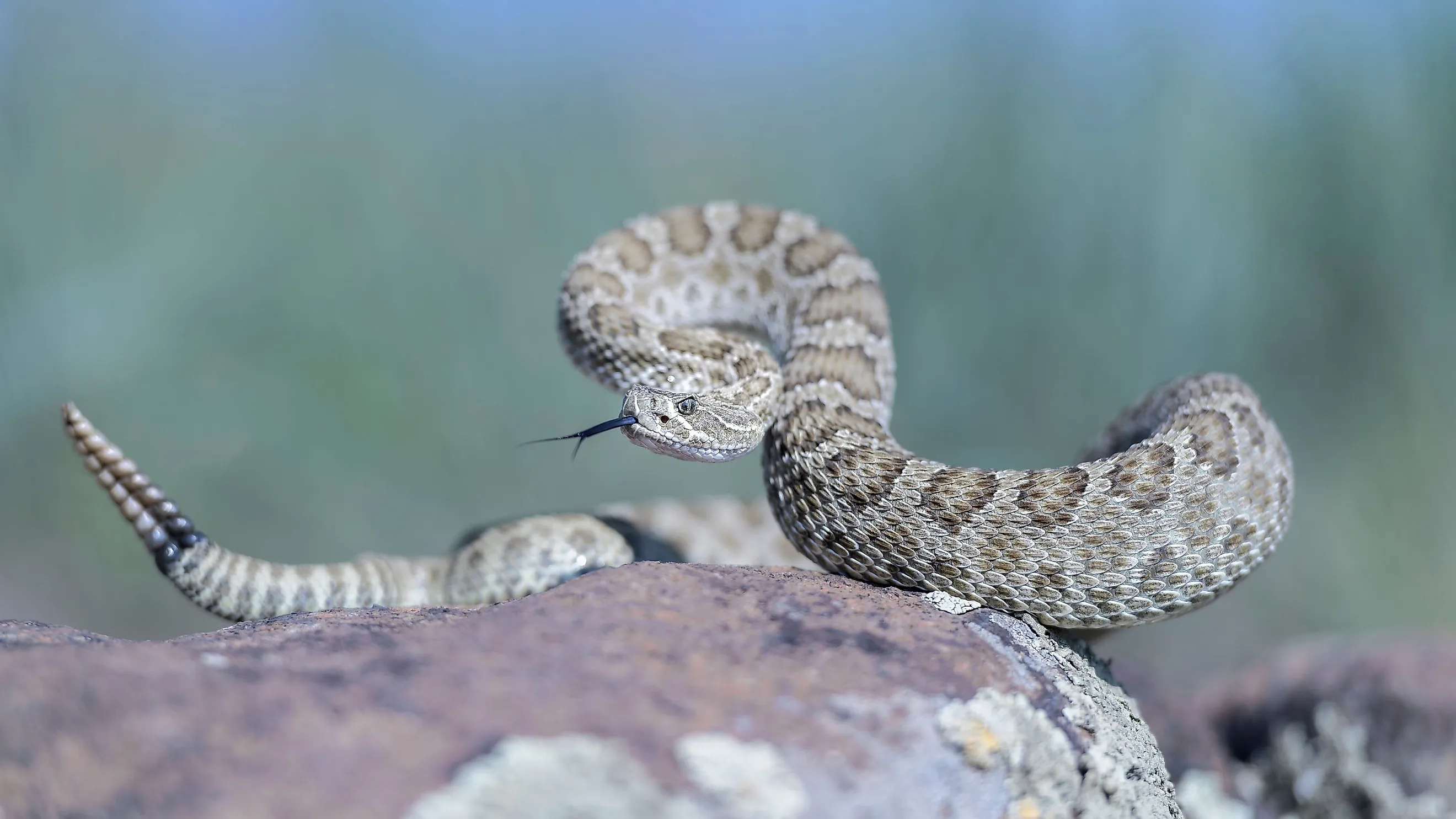
6 Most Rattlesnake Infested Areas in Nebraska
Nebraska is a land of contrasts, as it sits between the humid continental climate of the Dissected Till Plains of the East and the semi-arid Great Plains of the West. Due to this diverse landscape, Nebraska has a wide variety of wildlife, including 400 bird species, 30,000 species of insects, and 30 snake species. The most well-known species of snake in the state is, of course, the Rattlesnake, of which there are three varieties: the Prairie Rattlesnake, the Western Massasauga Rattlesnake, and the Timber Rattlesnake.
These venomous snakes are fascinating to look at but should be avoided to avoid getting bit. It's important to know where one will find them to avoid accidentally getting too close to this snake. If one is bitten, it can cause pain, swelling, bleeding, nausea, or shock. Here are six of the most rattlesnake-infested areas in Nebraska.
Samuel R McKelvie National Forest
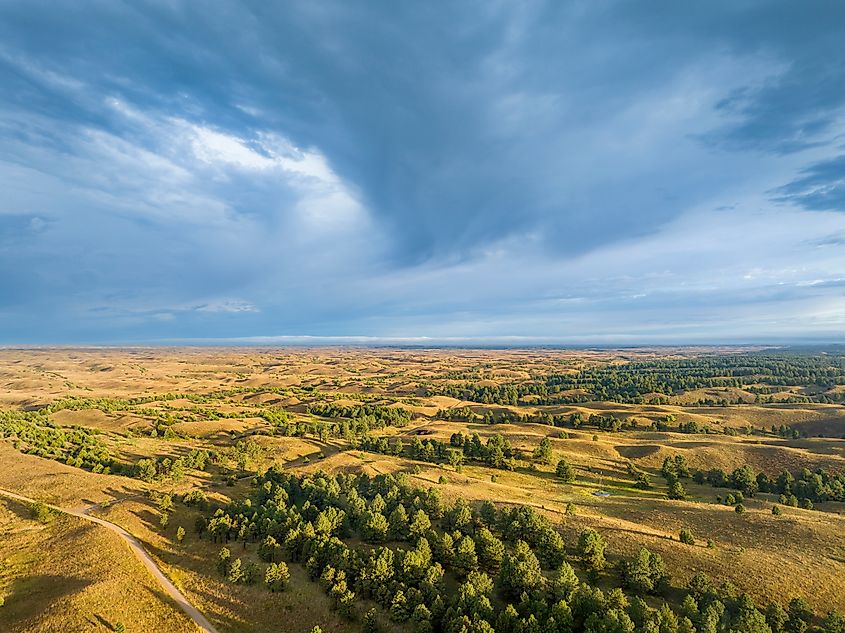
This 116,000-acre forest is located in the Nebraska Sandhills and is well regarded among Nebraska residents and visitors for its rich outdoor activities, including cabins, campsites, horse corrals, and a hiking trail that is renowned for Blue Jay watchers.
Due to its grass landscape, many animals hide in this prairie, such as jackrabbits and dogs. The prairie rattlesnake found here is greenish, light gray, or brown in color with a triangular-shaped head. A fully grown adult is 35-45 inches long.
While hiking, be aware that these creatures might not always have their rattles anymore. As a good rule of thumb, if you see a snake, leave it alone and don't get too close to it.
If bitten, experts advise against using a tourniquet or attempting to extract venom. Instead, wash the wound with soap and water and seek immediate medical care.
Toadstool Geological Park
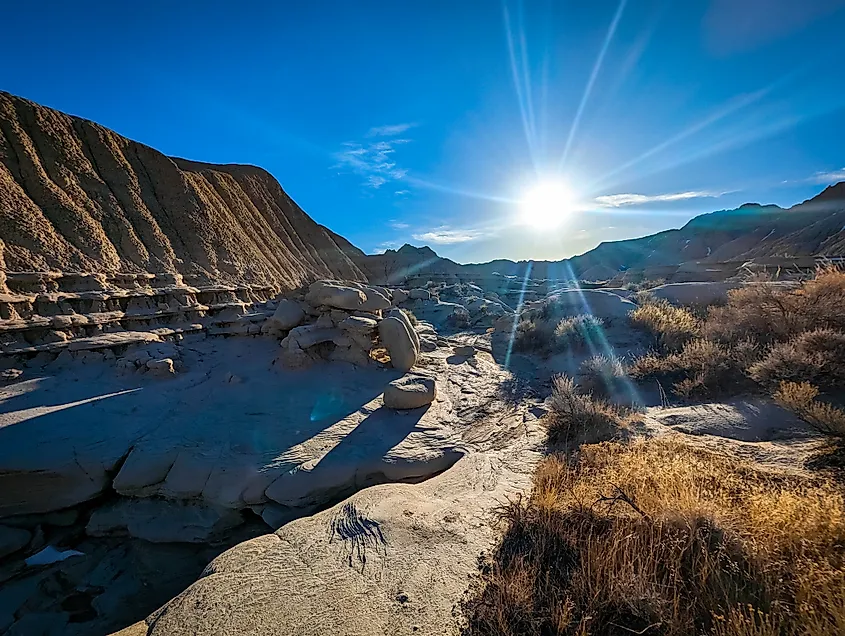
This park is a unique area in Crawford, Nebraska within the Oglala National Grassland in Northwestern Nebraska. It features many intriguing geological formations, which may look like toadstools to visitors.
This badlands environment is ideal for campers, explorers, and fossil hunters. On the main loop trail, one may find fossils of prehistoric animals, such as the carnivorous mammal Hyaenodon.
Visitors to the park have noted that rattlesnakes become quite prevalent in the park during the summer season, with many noting you will need to watch your step when hiking through the badlands during hot weather.
In this environment, the most common one you will encounter will be the prairie rattlesnake. It has the largest range in the United States. In most cases, it will not attack anyone unless it is disturbed or feels threatened.
Missouri River
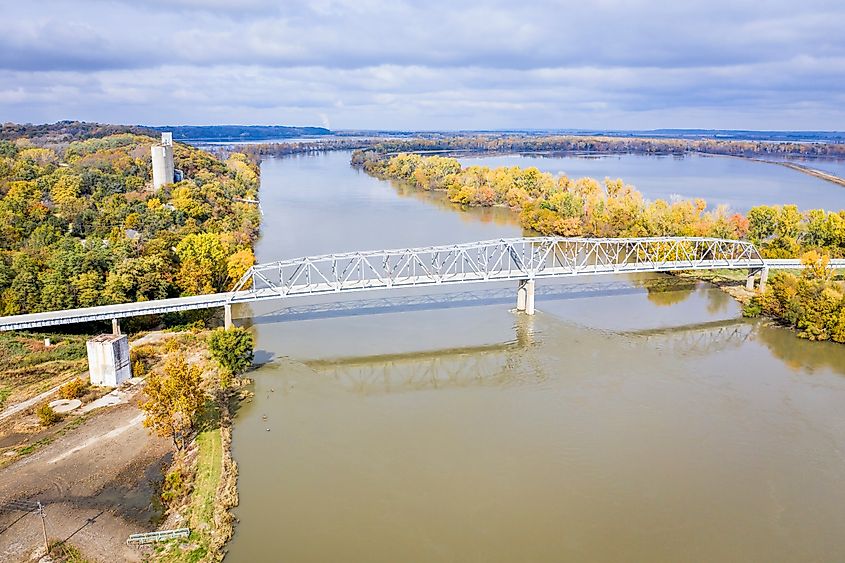
Not all rattlesnakes live in dry climates. Some are more attuned to wetter climates. The Missouri River, particularly on the limestone bluffs, is a major population center for the Timber Rattlesnakes.
These creatures make their home in several different places, such as streams in prairies or woodland areas with rocky outcrops. Timber Rattlesnakes are more well-known in the Eastern United States, but their habitat also extends to the southeastern portions of Nebraska, including on the Missouri River. They are the largest species in Nebraska, usually measuring between 44 and 50 inches, but can be as large as 60 inches.
Despite their large size, they will typically only strike in self-defense and are more likely to slither away from humans.
Pawnee County
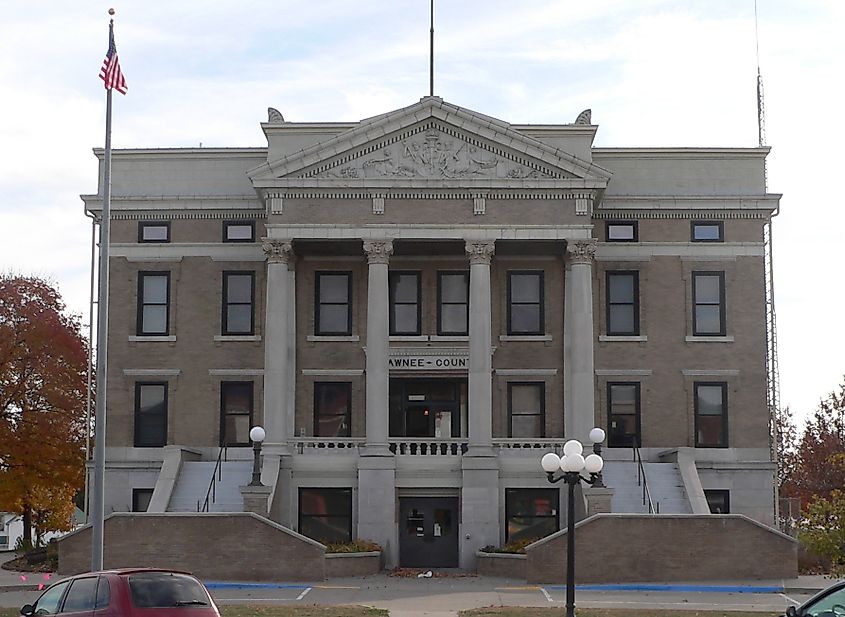
Pawnee County in Southeastern Nebraska is home to multiple outdoor recreational areas such as Taylor's Branch Wildlife Management Area, Iron Horse Trail Lake Recreation Area, and much more. Within these areas, one might catch a glimpse of the rarest of the rattlesnake species in Nebraska: the Western Massasauga Rattlesnake.
This is the smallest of its kind in the state, measuring between 18 to 39 inches. It is a gray or brown creature with light and dark bands on its tale and two narrow white lines along the sides of its head. Although they may sun themselves during a sunny summer day, they will hibernate in crayfish burrows during the winter.
They can be found in tallgrass prairie or fields, but they prefer moist, wet environments or marshlands.
These snakes are threatened by human activity, such as converting grasslands to crop fields or draining marshland habitats. They are not particularly aggressive and are likely to flee an approaching human.
Agate Fossil Beds National Monument
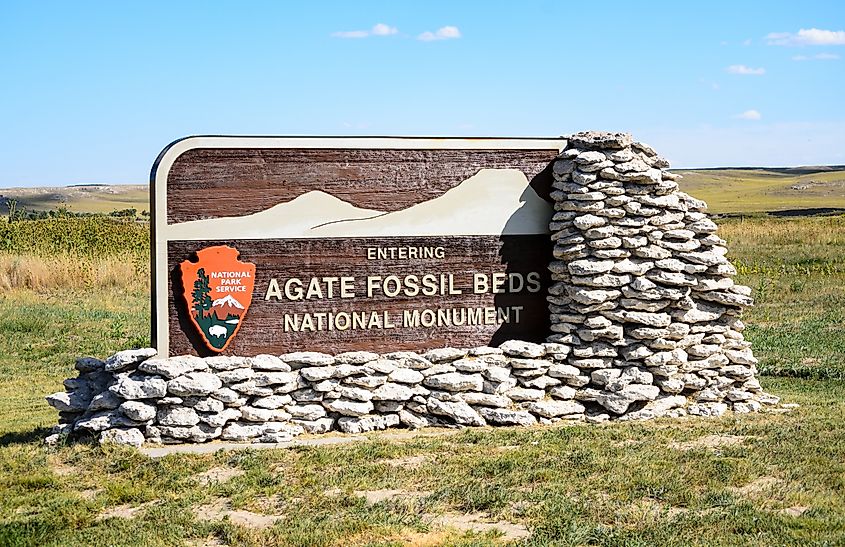
Located in Western Nebraska, the Agate Fossil Beds is an ideal place for both fossil enthusiasts and Native American history buffs. The monument has a variety of fossil beds, dating back to the Miocene era 20 to 16.3 million years ago, and it also features a museum with artifacts from the Plains Native American tribes that lived in the area.
The National Park Service warns visitors to be aware of prairie rattlesnakes, which are the only venomous snakes in the area.
When it is hot, these snakes will tend to hide either in the grass, under rocks or in holes, but during cool weather, they are likely to come out right onto the roads and trails to sun themselves. This means it will be easy for guests to run into them when visiting on cooler days.
Scotts Bluff National Monument
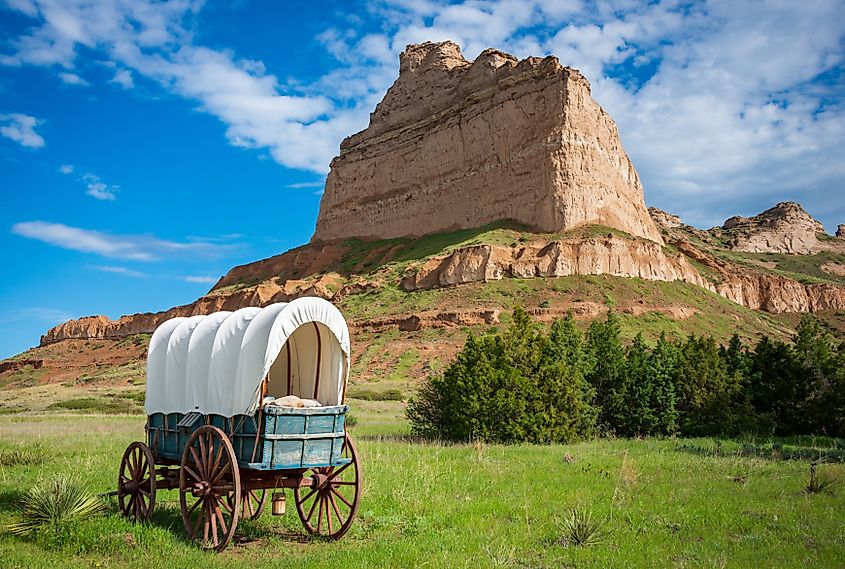
Scotts Bluff National Monument is a bluff that stands 800 feet above the North Platte River and is considered one of the best places to visit in Nebraska, with four miles of trails going up and around the monument, along with many other bluffs in the area.
In this prairie environment, one can see a wide diversity of creatures, such as dogs, mule deer, coyotes, and the prairie rattlesnake. They are hunters of prairie dogs and will ambush prey when they come close enough to them. As a result, the snake will not use its rattle with prey. Instead it will only rattle to warn other predators, which may include humans.
The snake's sandy coloring makes it blend in easily with the environment in Scotts Bluff, so visitors and hikers will need to keep a careful eye on where they are walking.
Staying Safe in Nebraska's Rattlesnake Habitats
As with any venomous animal, rattlesnakes can be dangerous. Although the odds of being bit are rare, travelers and residents to one of Nebraska's lakes, rivers, and prairie attractions should make sure to be on alert for snakes.
In many cases, the best way to prevent a bite is simply to stay on trails and away from tall grass and wear boots and long pants while hiking. If one runs into a snake, giving it a wide berth will save you and the snake a lot of stress.











